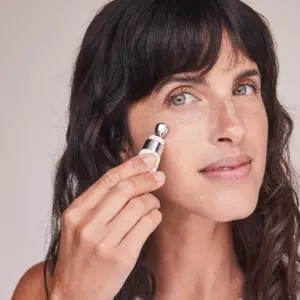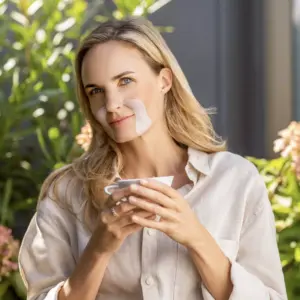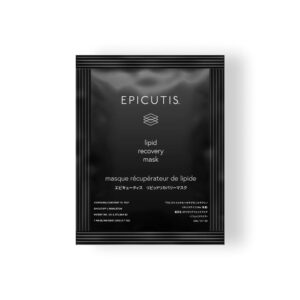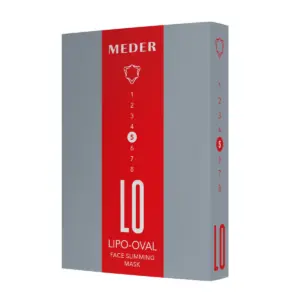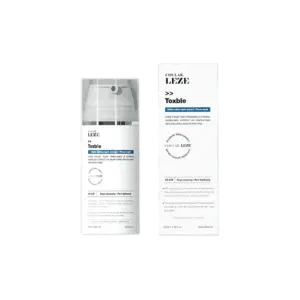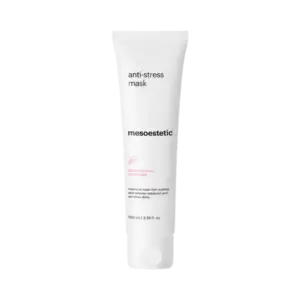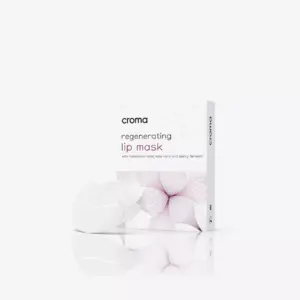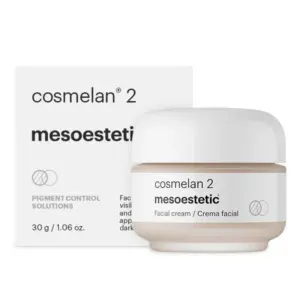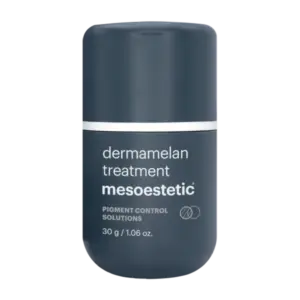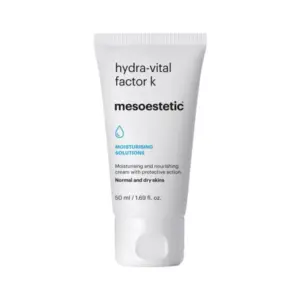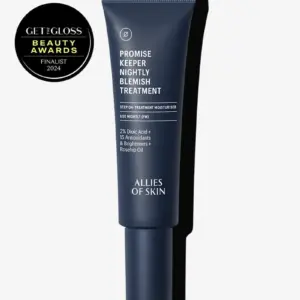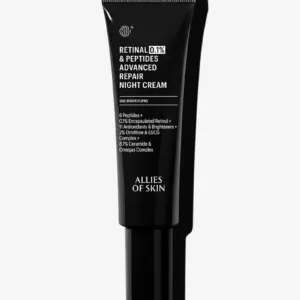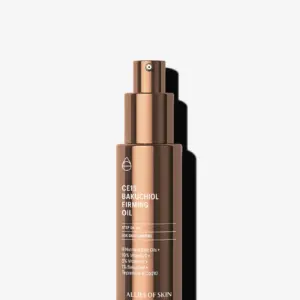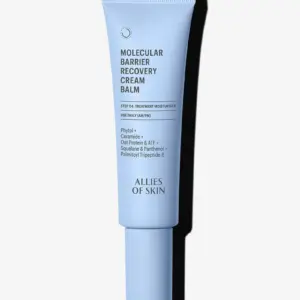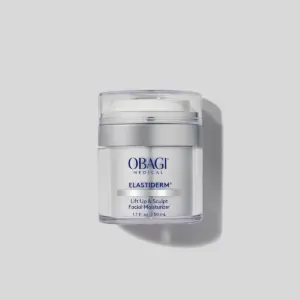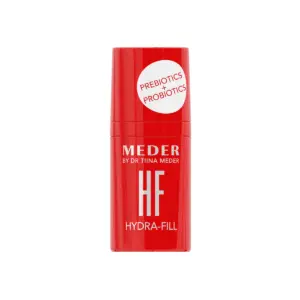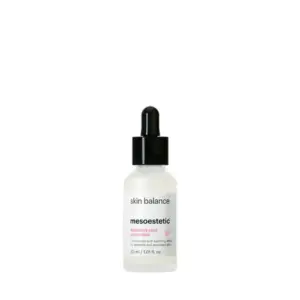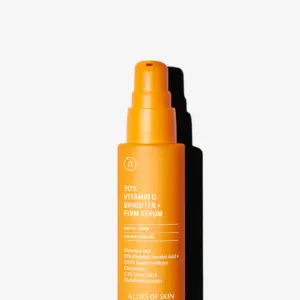New Arrivals

How to Choose Skincare Products
Selecting the right skincare products is crucial for maintaining a healthy and effective skincare routine. The vast range of products available can be overwhelming, but considering specific factors can help streamline the decision process, ensuring that each product complements your skin’s needs.
Factors to Consider When Selecting Skincare Products
- Skin Type: Knowing whether your skin is dry, oily, combination, or sensitive is the first step in choosing products that are most beneficial. For instance, oily skin may benefit from lightweight, non-comedogenic formulas, whereas dry skin may require richer, more emollient products.
- Concerns: Address specific skin concerns such as acne, wrinkles, hyperpigmentation, or redness. Look for products that contain active ingredients targeted to treat your particular issues.
- Ingredients: Read labels to find products that contain effective ingredients that can address your skin concerns without causing irritation. Ingredients like retinol for aging, salicylic acid for acne, and ceramides for dryness are commonly sought after for their proven benefits.
The Importance of Patch Testing New Products
Patch testing is a critical step before fully integrating a new product into your skincare regimen. This process involves:
- Applying a small amount of product to a discreet area of skin, such as the inside of your wrist or behind the ear.
- Waiting 24-48 hours to observe any adverse reactions, such as redness, itching, or breakouts.
- Evaluating the outcome to decide if the product is safe for more extensive use on your face or body. This can prevent allergic reactions and skin irritations from broader application.
Recommendations for Sensitive Skin
Sensitive skin requires special attention as it is more prone to irritation and adverse reactions. Here are some recommendations:
- Choose Hypoallergenic and Fragrance-Free Products: These formulations are less likely to cause skin reactions.
- Look for Soothing Ingredients: Ingredients like aloe vera, chamomile, and oatmeal are known for their soothing properties and can help calm sensitive skin.
- Avoid Harsh Exfoliants: Opt for gentle exfoliants or enzymatic peels rather than abrasive scrubs, which can aggravate sensitive skin.
- Keep It Simple: A minimalist skincare routine (cleanser, moisturizer, sunscreen) is often better for sensitive skin to avoid overloading it with too many active ingredients.
By carefully considering these factors, consumers can make informed decisions about their skincare purchases, enhancing their routine’s effectiveness while minimizing potential adverse reactions. This tailored approach ensures that the skincare products not only address specific skin concerns but also complement and support the skin’s natural function.
Understanding Skincare Products
1.1 Serums
Serums are specialized formulations that deliver high concentrations of active ingredients directly to the skin. They are typically lighter than moisturizers and are designed to penetrate deeply into the skin to address specific issues such as wrinkles, dehydration, or hyperpigmentation. The primary purpose of a serum is to provide targeted treatments that enhance the skin’s health and appearance over time.
Key Ingredients Commonly Found in Serums:
- Hyaluronic Acid: For deep hydration and plumping the skin.
- Vitamin C: Known for its antioxidant properties and its role in brightening and evening skin tone.
- Retinol: Used for its powerful anti-aging effects and ability to promote skin renewal.
- Peptides: Aid in repairing skin and increasing collagen production.
Benefits of Using Serums for Different Skin Types:
- Oily Skin: Serums with salicylic acid can help control excess sebum and manage acne.
- Dry Skin: Hydrating ingredients like hyaluronic acid provide moisture retention and barrier restoration.
- Sensitive Skin: Serums with soothing components such as aloe vera or niacinamide can calm irritation and reduce redness.
- Aging Skin: Ingredients like retinol and peptides promote skin elasticity and reduce the appearance of wrinkles.
1.2 Moisturizers
Moisturizers are essential skincare products that hydrate and lock in moisture to fortify the skin’s natural barrier. They come in various forms, including creams, lotions, and gels, each suited to different skin types and conditions. The primary role of moisturizers is to prevent dryness and protect the skin from environmental factors.
The Difference Between Day and Night Moisturizers:
- Day Moisturizers: Typically lighter in texture and may contain SPF to protect against sun damage.
- Night Moisturizers: Often richer, containing restorative ingredients that work in synergy with the skin’s natural repair process during sleep.
How to Choose the Right Moisturizer Based on Skin Type:
- Oily Skin: Opt for oil-free, non-comedogenic moisturizers that hydrate without adding oil.
- Dry Skin: Look for products with emollients and humectants that deeply moisturize and prevent water loss.
- Combination Skin: Use a balanced moisturizer that maintains moisture without exacerbating oiliness in the T-zone.
1.3 Masks
Masks are intensive treatments used to address a variety of skin concerns in a condensed time frame. They are formulated to act quickly, providing a boost of active ingredients that can yield immediate visible results.
Overview of Various Types of Masks:
- Clay Masks: Ideal for oily and acne-prone skin as they absorb excess oil and detoxify the skin.
- Sheet Masks: Soaked in serum, these provide hydration and specific treatments for various issues.
- Peel-Off Masks: Generally used for their deep cleansing properties and to smooth the skin surface.
Benefits and Recommended Usage of Different Masks:
- Hydrating Masks: Used to infuse skin with moisture, beneficial in dry and harsh climates.
- Exfoliating Masks: Help to remove dead skin cells and promote a clearer skin complexion.
Tips on Incorporating Masks into a Skincare Routine:
Integration: Pair with a suitable serum or moisturizer to maximize the benefits of both products.
Frequency: Depending on the type of mask and skin type, masks can be used 1-3 times a week.
Application: Follow the directions for each mask type, applying to clean skin and leaving on for the recommended period.
Most Loved by the Customers
Discover our best-selling Skincare Products—trusted, loved, and recommended by customers across Europe. From glow-boosting serums to ultra-hydrating moisturizers, these favorites deliver results you’ll see and feel.
What Our Customers Say
“The AurevaSkin mask collection is my go-to for self-care Sundays. Each one has a different effect, and they all feel high-end. Love them!”
“Great customer service and even better skincare products. The anti-aging serum reduced my fine lines significantly. Will be buying again.”
“I use the hydrating moisturizer every morning—it’s light, absorbs fast, and keeps my face feeling fresh all day. I just wish the packaging was a bit bigger.”
How to Apply Myo-Fix Cream
No-Needle Expression Line Relaxing Treatment
- Cleanse & Prep
Start with thoroughly cleansed, dry skin. For best results, use a microbiome-friendly cleanser and pat your skin dry with a clean towel. - Target Application
Apply a small amount of Myo-Fix cream directly to areas prone to expression lines such as:
- Forehead (horizontal lines)
- Glabella (frown lines between eyebrows)
- Crow’s feet (around the eyes)
- Smile lines (nasolabial folds)
- Massage Gently
Using clean fingertips, gently tap or massage the cream into the skin until fully absorbed. Avoid rubbing too hard, especially around delicate areas like the eyes. - Follow With Moisturizer
Once Myo-Fix is absorbed, follow with your usual face cream or moisturizer. - Use Twice Daily
Apply morning and night for optimal results. Consistent use over 5–10 weeks can significantly reduce the appearance of expression lines and improve skin elasticity.
Follow Us @aurevaskin


